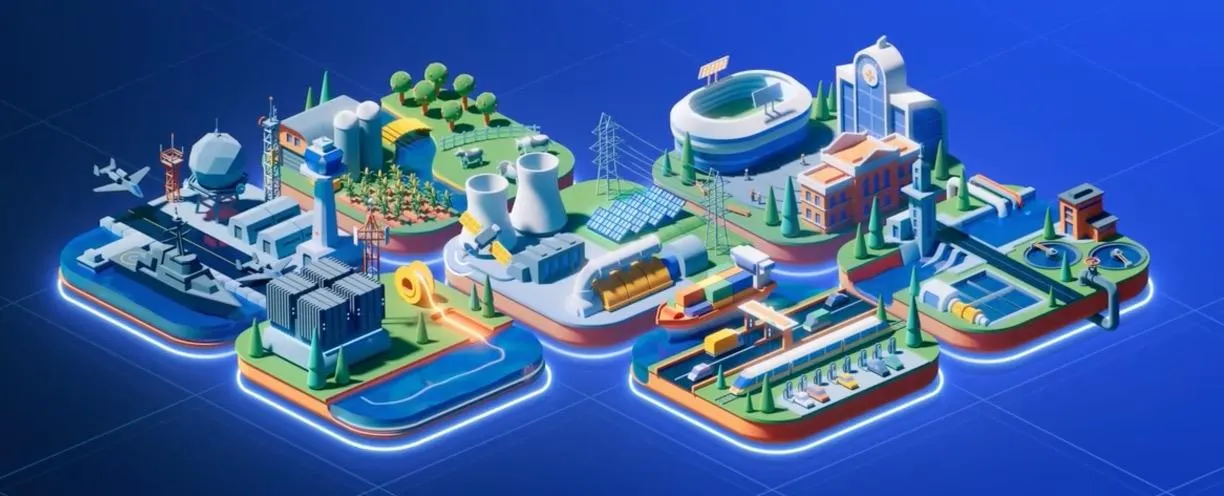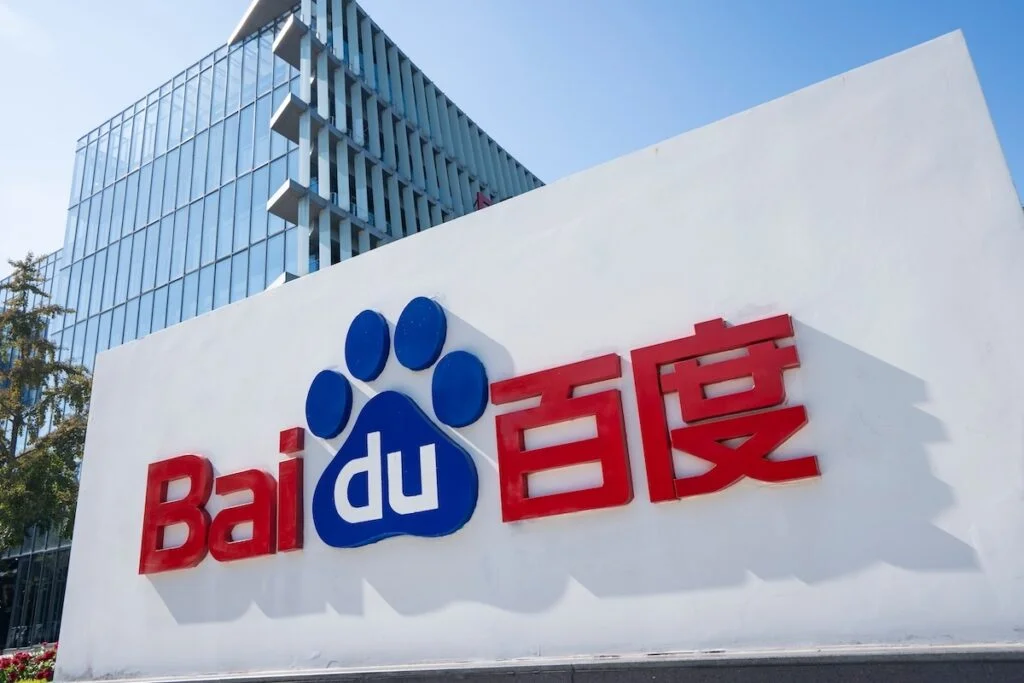By Contributor,Maurice Obeid
Copyright forbes

How to invest more than $100 trillion in the next 15 years
The infrastructure moment
McKinsey & Company
Infrastructure has always been the backbone of economic growth and social progress. Roads, bridges, power grids, and water systems fueled industrialization and lifted living standards. Today, however, infrastructure is being redefined. It now encompasses not only concrete and steel but also digital networks, renewable energy, and social systems that enable modern economies.
Artificial intelligence offers a vivid example. Meeting rising demand requires vast data centers, each dependent on electricity, cooling water, and fiber connectivity. Like highways before them, these assets require major upfront investment, deliver stable cash flows over decades, and serve as essential enablers of growth. Yet across the globe, outdated assets, urbanization, technological disruption, and geopolitical shifts are exposing the limits of yesterday’s systems.
The $100 trillion requirement
As my colleagues at McKinsey point out in their research, the world will need more than $100 trillion in infrastructure investment through 2040 across seven verticals: transport and logistics, energy and power, digital foundations, social infrastructure (education, healthcare, housing), water and waste, agriculture, and defense.
Meeting this need will require integrated planning, since bottlenecks in one area can hold back progress in others. For example, insufficient electricity supply can stall data center development, while waste-to-energy solutions can strengthen both agriculture and power systems.
Leadership matters
Infrastructure is not only about capital deployment but also about how effectively governments, investors, and operators coordinate. The most effective policymakers will attract private capital, streamline regulation, and repurpose underused assets. Savvy investors will move beyond sector silos to capture thematic opportunities such as AI and shifting trade flows. Skilled operators will harness technology to improve efficiency and resilience.
MORE FOR YOU
Infrastructure is evolving
The importance of infrastructure is hardly new. The Romans built more than 50,000 miles of roads, some still visible today. But today’s systems are increasingly “smart”: sensors, automation, and connectivity now enable predictive maintenance, dynamic tolling, and traffic management. Many assets generate valuable data and are integrated within broader ecosystems of energy, logistics, and commerce.
The overlaps are growing. Waste, agriculture, and energy increasingly intersect as crop residues and animal waste produce electricity and biofuels. The full value of some assets can only be realized when they operate as part of an integrated system.
The urgency of renewal
Around the world, infrastructure is straining to meet modern demands. In the United States, many assets built in the mid-20th century are reaching the end of their useful lives. Failing to modernize could cost the economy $10 trillion in lost GDP by 2039, according to the American Society of Engineers.
In China, newer but heavily debt-financed assets—from metro systems to high-speed rail—face profitability challenges, with maintenance costs outpacing budgets. Meanwhile, global demand for data center capacity could more than triple by 2030, requiring upgrades in power, cooling, and connectivity.
The way forward
As global investment ramps up, three groups of actors must lead:
Governments. With limited fiscal space, governments need to set priorities clearly, pursue projects that meet defined needs, and create frameworks that draw in private capital. Repurposing existing assets can help accelerate delivery and reduce costs.
Investors. Private capital is playing an increasing role, with assets under management in dedicated infrastructure funds tripling since 2016 to $1.5 trillion in 2024 according to Seeking Alpha. Competition has reduced margins, but sophisticated investors are creating value through cross-vertical plays, operational improvements, and thematic strategies that anticipate macro shifts.
Operators. Developers face rising costs, labor shortages, and supply constraints. Yet technology offers solutions. AI-enabled predictive maintenance is already reducing downtime by up to 75 percent and cutting maintenance costs by up to 30 percent.
So, what’s next?
The next 15 years will define the infrastructure foundations of the 21st century. Countries and companies that mobilize wisely will secure lasting advantages in connectivity, resilience, and growth. Those that fall short may struggle to compete.
Money alone will not be enough. Governments, investors, and operators must align on a broader, more modern definition of infrastructure—and act together with urgency and imagination.
Editorial StandardsReprints & Permissions



